It is most likely that every time we think of a camel the first thing that comes to our minds is a one hump mammal known as Camelus dromedarius walking in front of the Great Pyramids of Giza.

or the two hump camel known as Camelus bactrianus from Asia which we visit at the zoo. But besides that, this is what most of us really think of when we talk about camels.
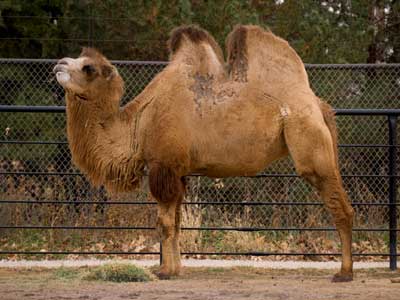
Camels belong to the order Artiodactyla, which are commonly known as “even-toed” ungulates, this is because they have two large digits per foot that bears most of the body weight and two smaller side toes.
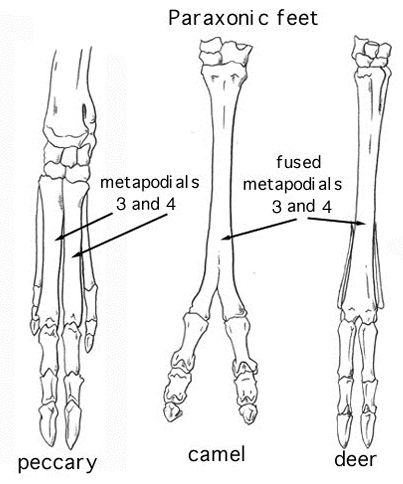
Camelids originated in what we know today as North America in the early Eocene and as they diversified they adapted to different environments migrating to South America, Asia and Africa.
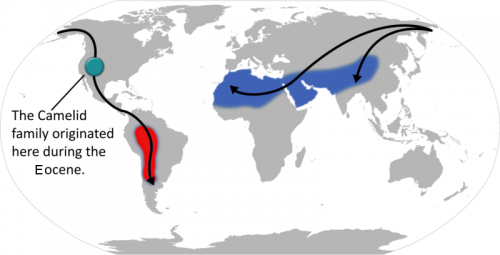
The fossil record shows approximately 14 different species of camels, which are now extinct, that existed from the Eocene to the Pleistocene, only C. dromedarius and C. bactrianus are the two remaining living camels that exist today. If you think about it is quite ironic that these two living species are found in the opposite sides of the globe from where they originated!
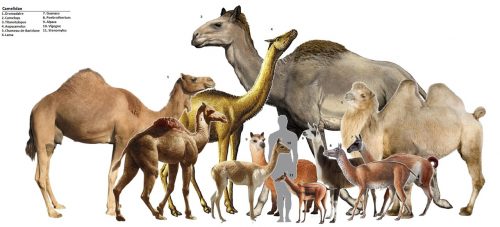
Here at the Florida Museum of Natural History we have plenty of camel jaws from an active dig site that we frequently visit known as Thomas Farm, just about an hour and a half drive from the museum.
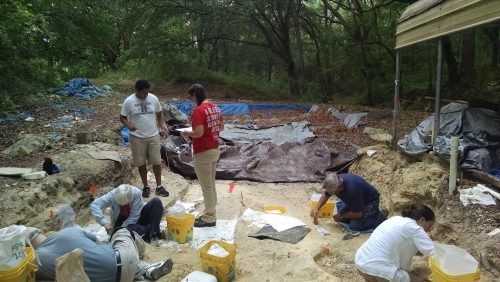
Last month we visited the site, Andrea and I got the chance to extract a camel jaw from the field, I removed as much sediment as possible and she made the jacket.
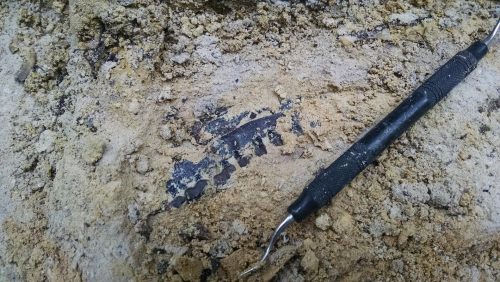
This past week once the specimen was removed from the jacket I did the detailed prep-work, cleaning the jaw from the remaining sediment that could only be seen and extracted with the aid of a microscope. After removing the sediments, the fossil jaw was identified as a right mandible with preserved molars P3 – M3; belonging to a Nothokemas sp.
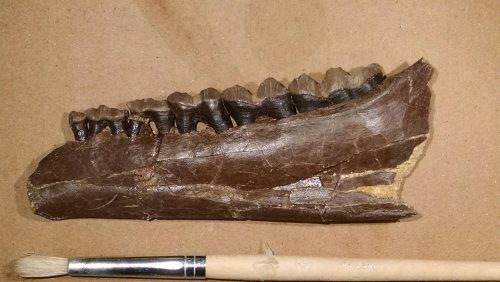
Nothokemas sp. is one of Florida’s camelids that lived during the early Miocene. Compared with today’s camels it was quite small. Only two species have been recognized: N. waldropi from Live Oak and N. floridanus from Thomas farm. The more fossil we are able to extract from Thomas Farm, the more we can learn from these extraordinary creatures and contribute to their fossil record history.